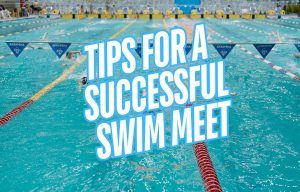
How to Prepare for a Successful Swim Meet
Ready to uncork some best times at your next swim meet? Here’s what you need to know to prepare for a swim meet.
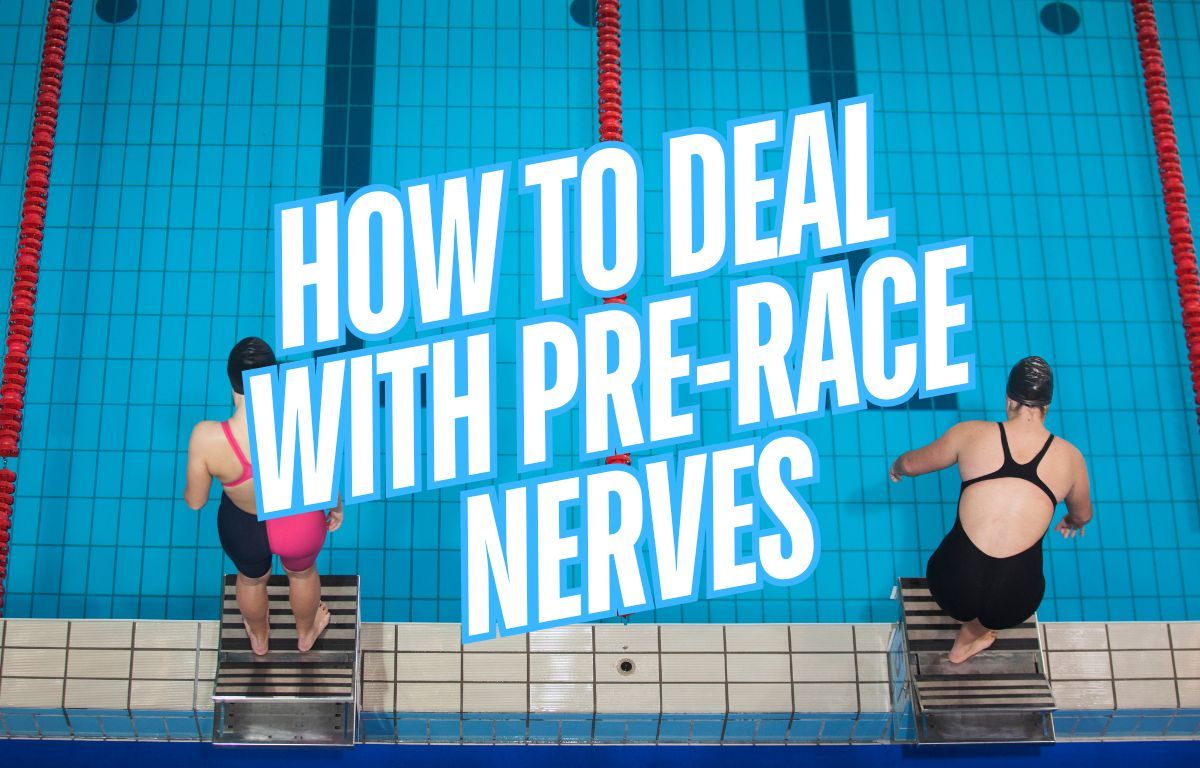
Struggling to swim fast under pressure? Here are some tips for how to manage pre-race nerves on race day.
The big meet is an exhilarating time. You’ve worked hard all season long, braved the early morning swim workouts, two-a-days, the training camps, and shown up to the pool ready to swim fast and crush some best times.
But then that familiar feeling of pre-race nerves and anxiety begins to creep up the back of your neck as you lay in bed, in your hotel room, bedsheets sliding across freshly shaved legs.
That nerve-wracking feeling, which can result in an overpowering adrenaline rush as you step up behind the blocks, the overwhelming pressure of the moment, or the performance-crashing fear of making a mistake, happens to many swimmers.
Some use pre-race nerves to perform at a higher level, others allow pre-race nerves to crater performance and “choke” when it matters most.
In this guide to how to deal with pre-race nerves and jitters on race day, you’ll learn some proven tactics and tips to help you dive with confidence at your next swim meet.
Let’s dive in.
The ways to master pre-race nerves in competition include:
Let’s take a closer look at each of these tips, how to use them to manage pre-race nerves, and swim fast when it matters most.
One of the most effective—and simplest—ways to manage pre-race nerves and make them work for you is to reframe them as excitement instead of anxiety.
Most swimmers will feel the concentrated symptoms of pre-race nerves, including increased heart rate, stomach knots, constant urge to pee, jumpiness and adrenaline, as something to be quieted or suppressed.
These physical symptoms are actually performance boosters.
The increased heart rate is preparing you for battle. The increased blood flow to target muscles gets you ready to unleash more power and energy. And the increased sensitivity to stimulus helps you react.
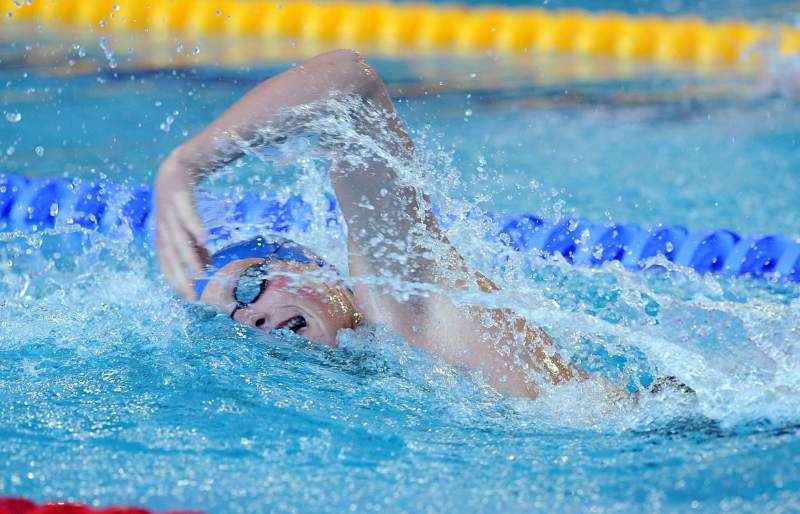
By framing these symptoms as excitement and not as something to be conquered or squashed allows you to use your body’s natural response to high-pressure moments to excel.
The truth is that trying to suppress feelings of anxiety typically makes them worse (Hofmann et al., 2009).
So instead of fighting with them, unleash them on your goals on race day.
This subtle word play may seem trivial, but it works.
Researchers from Harvard (Brooks, 2013) found that students performed better during stressful situations like math exams, public speaking, and karaoke singing when they took a moment to frame stress and nerves as excitement.
Remember, pre-race nerves are not bad, they are performance fueled excitement!
Each swimmer has an ideal performance state, a collection of thoughts and emotions that helps them swim their best in competition.
For some swimmers (particularly distance swimmers), this means being more relaxed and composed.
Swimmers who thrive on aggression and higher intensity emotions and thoughts (many sprinters, for example), ride the adrenaline and increased arousal levels.
Look back on your past races and identify the moments and competitions where you most felt in control of your performance.
What were your thoughts? Emotions? Arousal levels?
Once you are able to see patterns in what helps you swim fastest, you can start to construct a race-day plan for your best performance state.
Athletes, and swimmers are obviously no different, love their routines, habits, rituals, and superstitions.
A lucky set of swim goggles, a favorite cap, or even a favorite pool to race at (we’ve all got at least a couple pools where we always seem to swim fast!).
It’s no different with pre-race routines.

A pre-race routine is a series of steps or actions before competing that provide a predictable way to ground you and keep pre-race nerves from spiraling in those tense moments as you step on the blocks.
Your pre-race routine should include some obvious stuff, like cramming into your racing suit and meet warm-up, but it can also involve going through a mental rehearsal of your race, going down to the blocks at a set time before your race, timing a snack and drink, and even listening to a specific playlist.
Pre-race routines are essentially a series of “little wins” that you control and provide comfort and confidence that ease anxiety and help you swim fast.
As you successfully complete each part of it, a wind of confidence builds at your back.
An elite pre-race routine is simple, fully controllable, and adaptable to any pool or race, allowing you to perform under pressure anytime, anywhere.
One of the reasons that pre-race nerves flatten swimmers is that they are unaccustomed to the physical symptoms of stress and excitement.
Although we swim countless meters or yards over the course of a season, very rarely do we feel the same churning stomach, racing thoughts, sweaty palms, dry mouth, and shallow breathing of competition.
As a result, when it happens, it feels particularly foreign and scary, knocking us off our mental game.
“In the months leading up to a race, practice feeling pressure. In order to be good at anything, people need reps. I want to be great at dealing with pressure, so I find time to rehearse those feelings.” – Ryan Murphy, Olympic gold medalist, NCAA champion
Habituating yourself to the fight-or-flight response helps to normalize these symptoms, freeing yourself from obsessing/panicking on overcoming them.
To get used to pre-race nerves, crank up the pressure in training by doing things like:
Generally, if there are things that you tend to avoid in training because you are fearful of failing, attack them!
Practice isn’t a place to get good at training; it’s a place to prepare you for competition, and developing a habit of training for pressure will help you channel pre-race nerves at your next swim meet.
Mental imagery, also known as mental rehearsals or visualization, is a mental tool that helps swimmers prepare for competition by visualizing desired performances.
Countless Olympic swimmers use visualization, from Michael Phelps to Katie Ledecky to Adam Peaty, to help prepare for the high-stakes pressure of competition.
In the months, weeks, days, and hours leading up to competition, picture yourself swimming the ideal race.
Focus on the sensations (water temperature, humidity in the air, texture of the starting block under your feet), emotions (the nervousness, excitement), and let the race unfold in your imagination.
“It’s weird because I didn’t really get that nervous during the Olympics. I’d swum that race a thousand times in my head.” – Adam Peaty, Olympic champion, 100m breaststroke world record holder
Mental imagery is particularly powerful in helping swimmers navigate pre-race nerves by rehearsing those tense moments before a race.
With practice, you will be able to close your eyes, and within moments experience many of the same physical symptoms as the real thing.
The sweaty palms. Butterflies in the stomach. Relentless urge to pee. Muscle tension. Increased respiration.
Mental imagery gives you the opportunity to stack reps of experiencing pre-race nerves, so that when the real thing does happen, it will simply be another day at the office.
Performance cues, short, to-the-point action words, are a powerful way to help swimmers stay focused on executing an awesome performance and less time obsessing over pre-race nerves and what they might mean.
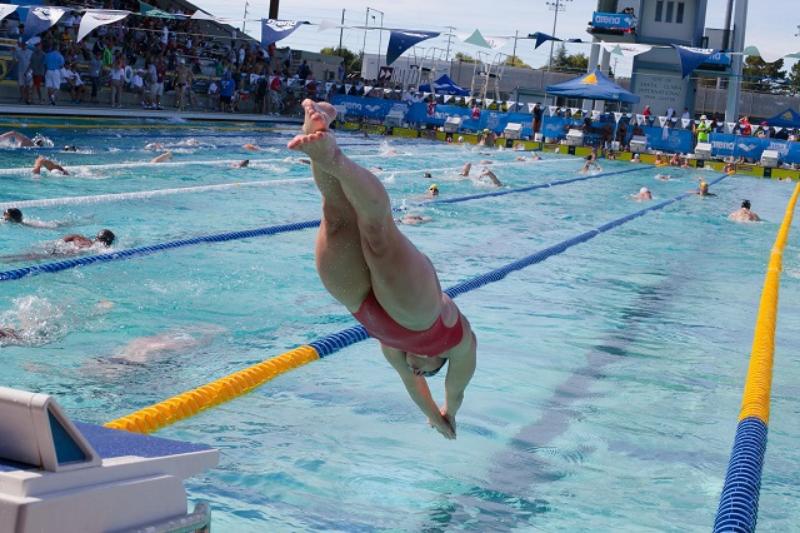
They are short reminders, things like “easy speed” as you race down the first 25, “Go!” when you dive off the blocks, or “Hulk smash!” as you barrel towards the finish.
By using relevant performance cues during your race, they keep your mind from wandering into negative thoughts or overthinking the outcome.
Pre-race nerves tend to get the best of us when we start thinking about imagined outcomes (“What if I swim really bad?”), and performance cues bring your attention back to the present so that you can max out on your training and preparation on race day.
As the Big Meet creeps up, assign yourself 3-4 performance cues for your race to help you stay dialed in and keep pre-race nerves at bay.
Amid all the expectations and pressure on race day, it’s easy to forget that this sport is supposed to be fun. Yes, I know you’ve worked hard. Yes, I know you’ve got lots on the line. And yes, I know that this means a lot to you.
But enjoying the moment and going through the process with a smile on your face and recognition that this is something we get to do can remove some of the unhelpful pressure swimmers put on themselves.
Use a gratitude journal when you feel yourself getting too caught in the pressure. Cheer on your teammates so that they excel, too. And when you find yourself getting tense and the nerves are veering too far into anxiety-land, break a smile and remember that we get to do this awesome sport.
It doesn’t mean you don’t care; quite the opposite, it means you care enough to value and enjoy every moment of this amazing journey.
Swimmers frustrated with underwhelming performances on race day and want to conquer their mindset will love Conquer the Pool: The Swimmer’s Ultimate Guide to a High-Performance Mindset.
Written with the feedback of 200+ Olympians, NCAA champions, and head coaches, the book is the complete blueprint for an unbeatable mindset in practice and training.
From learning how to build a killer pre-race routine to everything you’ll ever need to master pre-race nerves, Conquer the Pool gives swimmers the tools to swim with total confidence on race day.
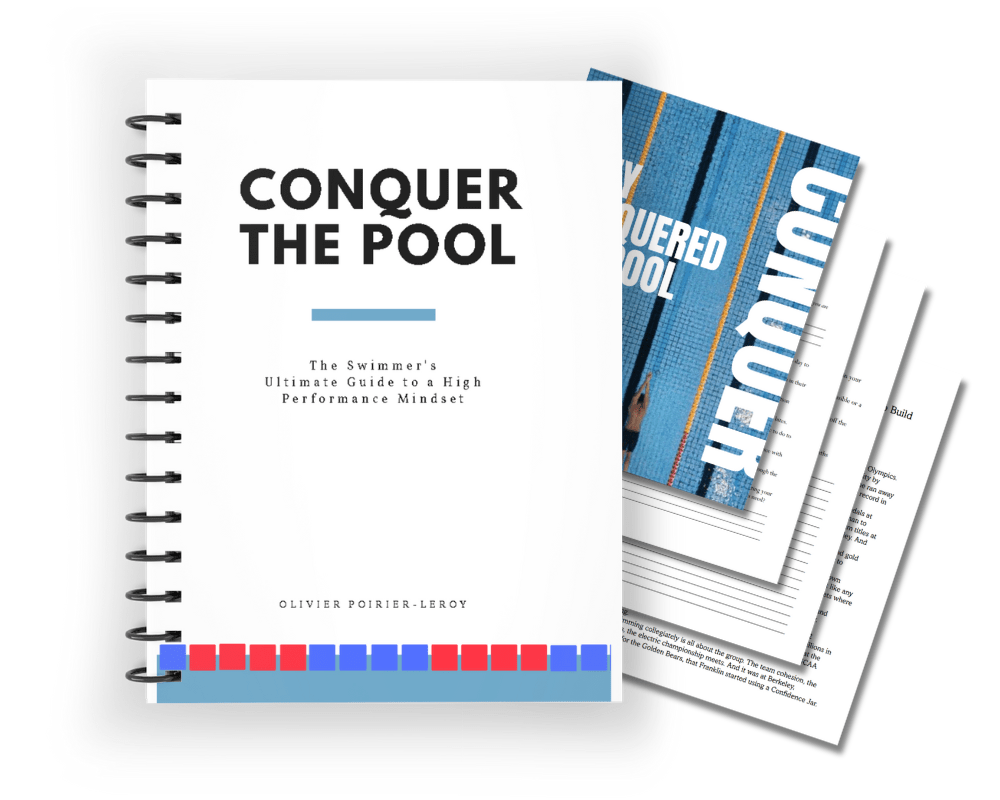
7 Things Swimmers (and Parents) Need to Know About Age Group Swimming Plateaus

Olivier Poirier-Leroy Olivier Poirier-Leroy is the founder of YourSwimLog.com. He is an author, former national level swimmer, two-time Olympic Trials qualifier, and swim coach.
✅ Free shipping on Orders over $49
✅ Price Match Guarantee
✅ Best selection of gear for training and competition
✅ Fast and Easy Returns

“This is the best book I have ever seen concerning mental training.” — Ray Benecki, Head Coach, The FISH Swim Team


Ready to uncork some best times at your next swim meet? Here’s what you need to know to prepare for a swim meet.
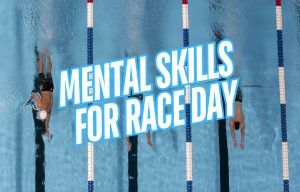
The right mental skills can help you unlock faster swimming on race day. Here is a look at the right skills to use for competition.
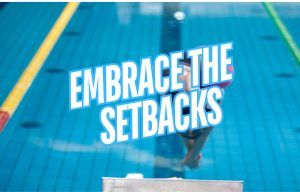
Frustrated with setbacks in the pool? Here are some tips for improving your ability to embrace setbacks and swim faster.
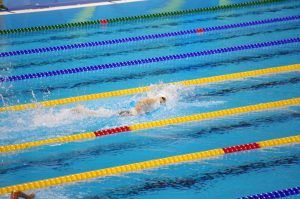
Swimmers often find themselves stuck with doubt when it comes to doing tough things in the water. Here’s a simple question to ask when you find doubt and uncertainty stopping you from excellence.
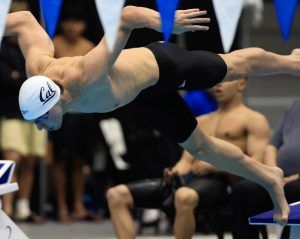
Looking to take your mindset and swimming to the next level? Here are five things you can learn from Jack Alexy, one of the fastest freestylers on the planet.

Looking to improve faster this season? Start by reflecting and learning from your swims.
SITE
SHOP
GUIDES

LANE 6 PUBLISHING LLC © 2012-2025
Join 33,000+ swimmers and swim coaches learning what it takes to swim faster.
Technique tips, training research, mental training skills, and lessons and advice from the best swimmers and coaches on the planet.
No Spam, Ever. Unsubscribe anytime.
